Cartridge Heater
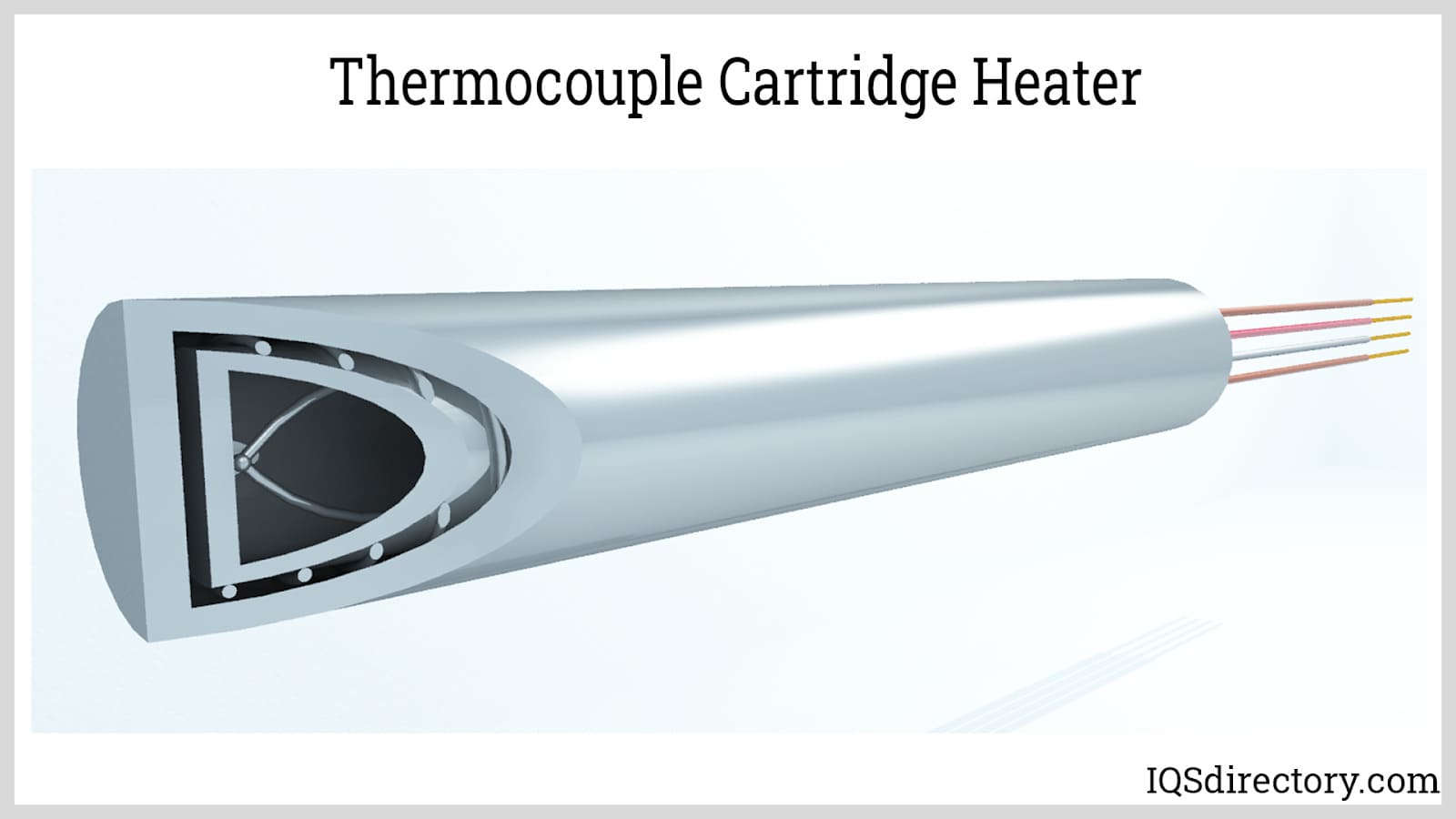
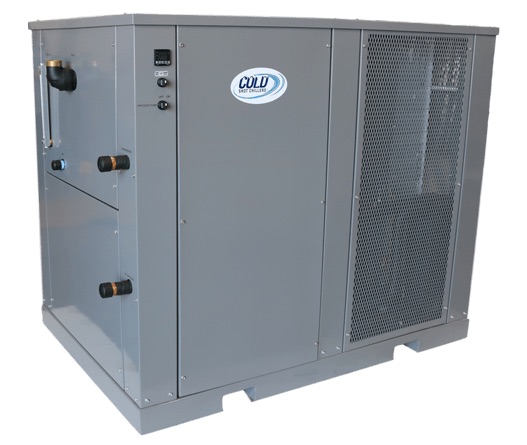
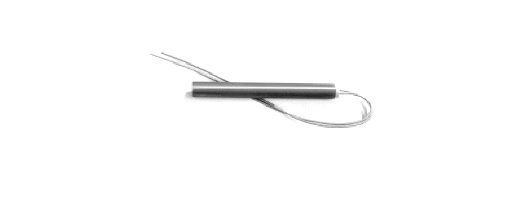
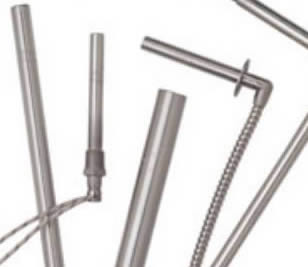
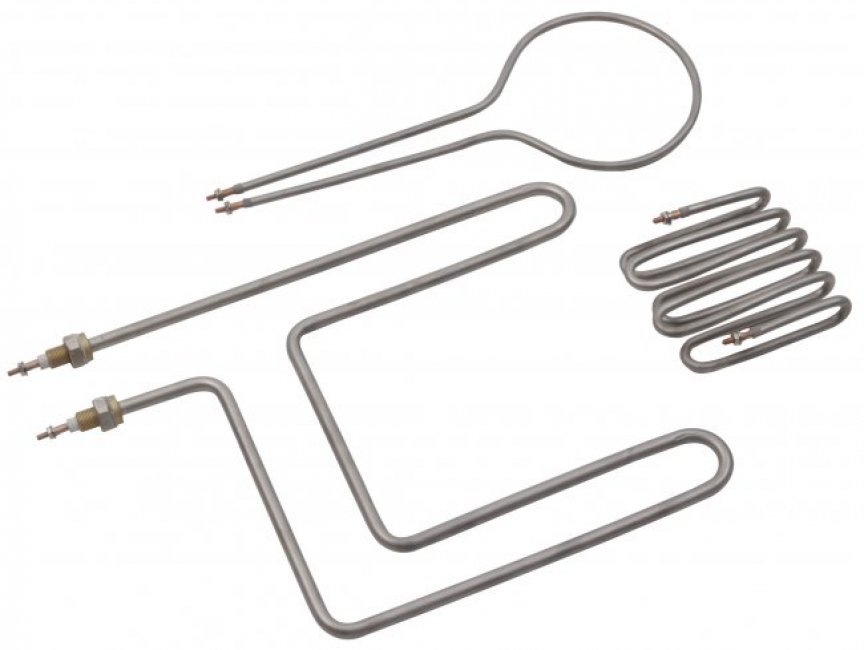
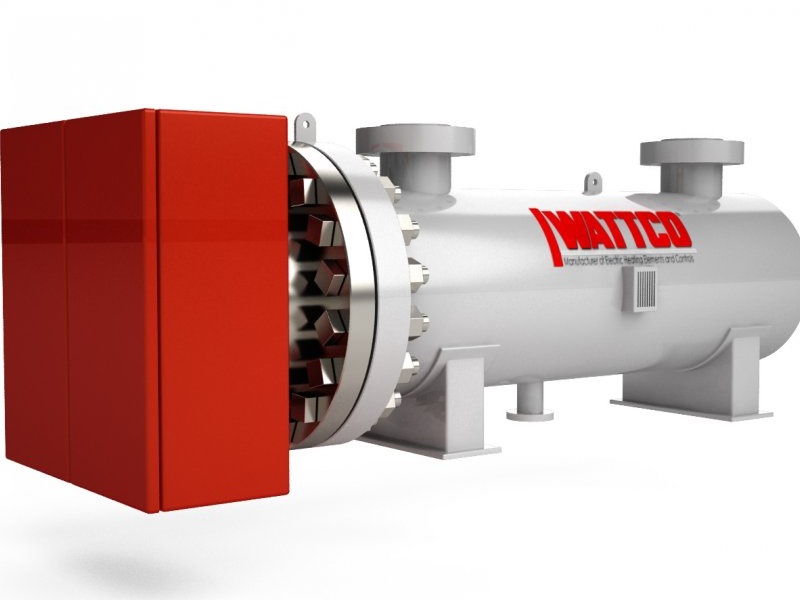
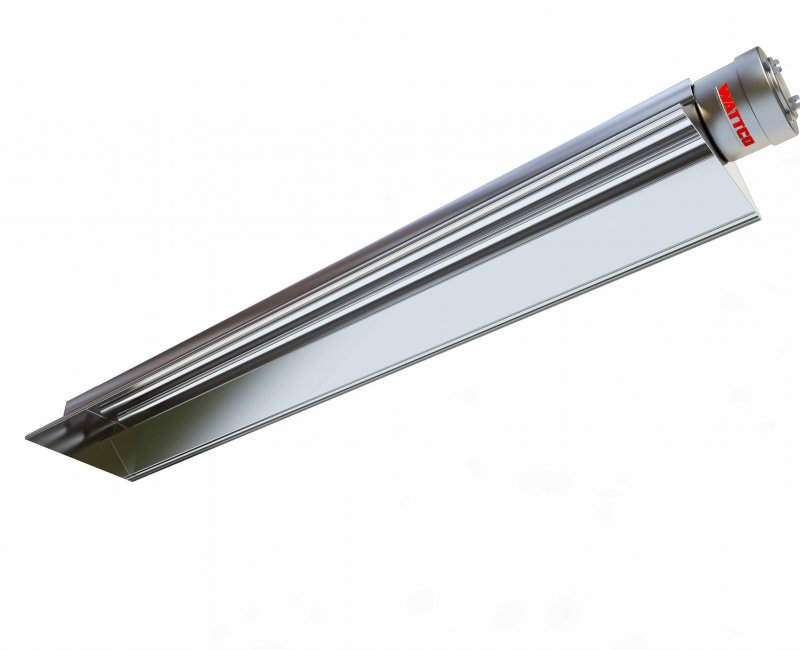
An electric heater provides heat from coils in a portable heating unit or ones that are mounted along the baseboard of a wall or in the floor. Heat in an electric heater is created by resistance in the coils. The more the coils resist the electrical currents the hotter the heater becomes. Heat from an electric heater is constant without fluctuation, or variation, providing a continual and uninterrupted flow of warmth.
One of the benefits of an electric heater is its ability to provide heat immediately without delay. Rooms are heated quickly avoiding the need for the system warmup to reach a selected temperature. Since the heating coils are visible, they can be easily cleaned and do not foul or develop blockages. Electric heating units require little maintenance and provide excellent performance.
There are various types of electric heaters, which include radiant, convection, night, and fan. Each of the different types are designed to perform in specific environments. They come in a wide variety of sizes from ones capable of heating a house to ones that are small enough for a small bedroom. When people choose an electric heater, they account for the amount of electricity required to operate the heater as well as the cost of operation.
Night storage units retain the heat produced during the night to be discharged on demand during the day. They were a popular form of heater during the middle of the 20th century but have been replaced by units that are easier to set and control as well as containing more features.
The main benefit of radiant heaters is their ability to produce heat instantly when activated. They are designed to be used in small areas and may be referred to as space heaters. Radiant heaters are ideal for warming a room, a workshop, or small space.
A very common type of electric heater is a convection heater that heats the air in the room as the air is pulled across its heating coils. There are several types of convection heaters depending on their design and function. In general, a convection heater operates on the principle of replacing cold air with hot air, which is a natural process. In the case of a convection heater, it enhances the process by forcing cold air through the heating coils.
A fan heater operates much like any form of electric heater with resistor coils that produce heat. Instead of letting the heat move naturally, a fan is mounted on the heater to force the heat from the coils into the space. The fan on a fan heater is located behind the coils and forces the heat in one direction. Much like all other heaters, they have dials or LCD monitors to set the desired temperature and may be equipped with a motor that rotates the coils and fan at 180°.
There are several factors that need to be considered when purchasing an electric heater, which include the size of the room to be heated, required power for the space, special features on the unit, safety, and efficiency. When determining the amount of power required, the simple rule of thumb is one square foot of space requires 10 watts of energy, which means that a room of 100 square feet will require 1000 watts of power. One of the main concerns of electric heater manufacturers is safety, which is critical in electric heaters.
Electric heaters have become more sophisticated and technical over the years. Modern electric heaters have remote controls, LCD displays, programmable controls, and many more features that make them easy to operate, safer, and more practical. For many people, they have become an economical heating source.
 Air conditioning is the process of mechanically cooling air to create appropriate temperatures within a room, building, or facility.
Air conditioners can be small enough to fit on a window ledge, large enough to cool an entire skyscraper, or any portion thereof. They utilize a system of compressors, condensers, fans, refrigerant gases, thermostats, and, sometimes duct work to chill and transport air for human comfort, or to keep processing components and materials, such as electronics or volatile chemicals, at proper operating and storage temperatures.
Air conditioning is the process of mechanically cooling air to create appropriate temperatures within a room, building, or facility.
Air conditioners can be small enough to fit on a window ledge, large enough to cool an entire skyscraper, or any portion thereof. They utilize a system of compressors, condensers, fans, refrigerant gases, thermostats, and, sometimes duct work to chill and transport air for human comfort, or to keep processing components and materials, such as electronics or volatile chemicals, at proper operating and storage temperatures.
Air conditioning is imperative in industrial settings to maintain the comfort of workers and safety of equipment that might otherwise overheat.
Air conditioners are widely used in residential, commercial and industrial settings, and air conditioner manufacturers design a variety of models to accommodate many different environments and needs. Air conditioning units are usually placed in buildings where fans or natural breezes are inadequate because of temperature, air disturbance, or pollution. Air conditioning systems often use air filters to maintain air quality and avoid spreading germs, pollutants or other unwanted irritants. Variations in size, power and air delivery help consumers choose the right kind of unit for their needs. Examples include cabinet air conditioners, ductless air conditioner, central air conditioners and split air conditioner, to name just a few. The size and power of the unit is the most important specification. Portable air conditioners are easily moved from one area of a facility to another but can only provide limited cooling. They are also known as spot coolers and are frequently positioned in places where the main air conditioning system does not reach or where additional cooling is needed. Learn more about air conditioners.
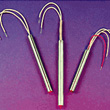 Cartridge heaters are small, cylindrical electric heaters used to provide localized or precision heat to materials and equipment parts in a variety of settings.
Similar to immersion heaters, cartridge heaters are usually inserted into a material to heat the surrounding area; unlike immersion heaters, which are usually submerged in water or other liquids, cartridge heaters are inserted into small holes drilled in metal materials and parts that require internal heat. While capable of providing localized high temperature heating, cartridge heaters can also radiate heat throughout the interior of a material or product.
Cartridge heaters are small, cylindrical electric heaters used to provide localized or precision heat to materials and equipment parts in a variety of settings.
Similar to immersion heaters, cartridge heaters are usually inserted into a material to heat the surrounding area; unlike immersion heaters, which are usually submerged in water or other liquids, cartridge heaters are inserted into small holes drilled in metal materials and parts that require internal heat. While capable of providing localized high temperature heating, cartridge heaters can also radiate heat throughout the interior of a material or product.
The type of localized, interior heating produced by cartridge heaters is used to heat specific parts of machinery used in packaging, die cutting, mold forming, hot stamping, labeling, sealing, printing, fluid heating, food service and many other industries. Hot plates, platens, semiconductors, shrink wrap machines and labeling machinery often use internal cartridge heaters to heat specific applicator parts. Plastic and rubber forming processes in particular make extensive use of cartridge heaters and other localized heating systems like strip heaters to assist in the plasticization of materials. Cartridge heaters are available in a wide variety of configurations and compositions to suit the equally wide variety of contexts in which they are applied.
Assembled with similar materials to other types of electric heaters, cartridge heaters are commonly formed from electric coils insulated by ceramic material and encased in a metal sheaths. Insulating materials may also be mica, mineral or fiberglass, depending on the desired wattage and application for the heater. Insulation is necessary between the heating coil and the sheath because contact between the two materials can cause short-circuiting. Sheaths can be constructed from a variety of materials including aluminum, copper, iron, nickel and stainless steel. Some cartridge heater configurations are folded in half, allowing the cartridge to expand as it heats, making contact with the material surrounding it on all sides, thereby providing more effective and evenly distributed heat. Engineers and designers must be extremely precise when using cartridge heaters in equipment, making sure to install cartridge heaters with the proper wattage, heat temperature and oxidation effects in relation to the material in which it will be immersed. Learn more about cartridge heaters.
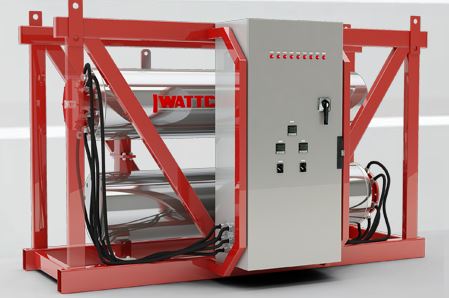 Electric heaters are utilities used for heat generation.
The use of electric heaters throughout industry, commerce and consumer products contexts is widespread and varied; the number of different heater configurations and applications grows almost daily. Some heater varieties resemble each other very closely. Band heaters and strip heaters, for example, are distinguished from each other only by the fact that band heaters are usually slightly smaller and more flexible than strip heaters.
Electric heaters are utilities used for heat generation.
The use of electric heaters throughout industry, commerce and consumer products contexts is widespread and varied; the number of different heater configurations and applications grows almost daily. Some heater varieties resemble each other very closely. Band heaters and strip heaters, for example, are distinguished from each other only by the fact that band heaters are usually slightly smaller and more flexible than strip heaters.
The variety of electric heaters on the market is astounding, sometimes with cross over styles and sometimes not. Cartridge heaters sometimes qualify as immersion heaters, but not always. Sometimes, a heater‘s name is descriptive of its use, as is the case with drum heaters. In other cases, a heater‘s name is descriptive of its configuration, as is the case with tubular heaters. Some heater terms can be used interchangeably; air heaters and duct heaters are both used in HVAC filter systems to heat air, though a free-standing space heater could also be considered an air heater but not a duct heater. Both could be described as circulation heaters, though some circulation heaters are used to heat liquids in a containment system. All of these heaters can be considered process heaters, depending on their use, and they are all likely to feature wire or coil heating elements with ceramic, mineral or other insulation material. Despite the seeming interchangeability of terms and the confusion it can cause, each variety contributes to an important industrial process or commercial utility as well as some purposes in the context of consumer products.
An electric heater is any electric-powered device used to create heat. They are used in a great variety of contexts. In manufacturing and industrial processing, electric heaters can provide localized heat to an area within a machine to help shape or melt materials, heat liquid tanks, radiate heat through the air or preserve the molten state of a substance. Strip and band heaters as well as cartridge and air heaters are all frequently used for these purposes. In metal, plastic and rubber extrusion, for example, the friction generated as a natural expression of the extrusion process does not always generate sufficient heat to plasticize the materials intended for extrusion. Heaters can be used as a supplement to generate and sustain material plasticization, which contributes to a more efficient process and helps yield a higher-quality extruded product. Heat is an essential part of many other manufacturing processes as well. In packaging, foam fabricating, metal fabricating and food processing industries, cartridge heaters are most often inserted through a custom-sized hole into equipment parts that require localized or high temperature heat. Radiating heaters like immersion heaters and tubular heaters are used to heat liquid or air in water treatment facilities, residential applications, commercial buildings and many other applications.
Every electric heater consists of a few parts that are essential for electrical heat generation. Electric heating is the process by which electricity is converted into thermal energy. An electric charge is usually conveyed by electrons flowing through a medium. When such a medium is connected to an electrically resistant material, the electrons collide with the atomic particles of the resistor, causing them to vibrate. The noticeable expression of that vibration is heat. In the case of electric heating, the resistor is called the heating element. Heating element composition and configuration is variable. Coil heaters can be a simple metal resistor coiled into a spiral shape. Others can feature elaborate configurations and advanced ceramic insulators to maximize heat generation, direct heat distribution and otherwise control the qualities of the heat more effectively. Electric heaters only need heating elements to generate heat, but most of them feature some kind of insulation, and almost all of them feature a sheath of stainless steel, aluminum, nickel or another material to improve performance and extend operating life. Insulation is necessary in many types of electric heaters to retain and absorb electrical energy so that it can be released as heat energy by surrounding coils or materials.
Ceramics are the most common types of insulation, although electric heaters can be fitted with mineral, mica or fiberglass insulation as well, depending on the heater's application requirements. Radiating types of electric heaters transfer heat from ceramic cores or complete heating elements by moving heat through the air with fans, as is the case with space heaters, or through hot air ductwork systems, as is the case with duct heaters. Each application for electric heaters will require a standard for material make-up, temperature capacity and power. Non-electric heating systems can involve coal, wood, gas or water, although most of these alternatives are far less energy-efficient than electric heat generation. Electric water heaters, for example, are more environmentally sustainable and economical than other heating methods. Safety is another crucial concern when purchasing a heater. Different heaters respond in different ways to different environments and applications. Successful industry professionals carefully choose electric heaters based on a foundation of clear knowledge about the operating conditions in which an electric heater will be employed and to what tasks a heater will be applied. Learn more about electric heaters.
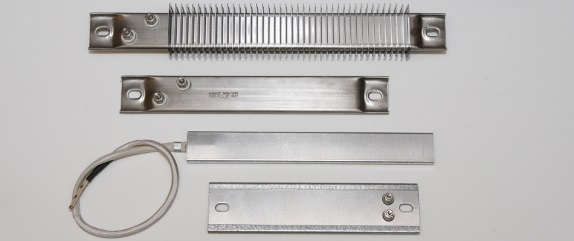 Heating elements are a part of our everyday lives.
When we get out of bed and turn up the thermostat, take a hot shower, blow dry and curl our hair, brew coffee or tea, cook breakfast and toast bread we are making use of different types of heating elements. These elements are often hidden within the appliances and equipment we use, and we don't even see them at work.
Heating elements are a part of our everyday lives.
When we get out of bed and turn up the thermostat, take a hot shower, blow dry and curl our hair, brew coffee or tea, cook breakfast and toast bread we are making use of different types of heating elements. These elements are often hidden within the appliances and equipment we use, and we don't even see them at work.
Electric heating elements are components that convert electrical energy into heat energy. This heat energy can then be used to perform work. Heating elements are made of material sturdy enough to withstand repeated high and low temperature cycles without melting or breaking down. They use radiation, conduction or convection to increase the temperature of the surrounding solids, liquids or gas. For example, the heating element in a hair dryer transfers its generated heat through the air by using convection. The heating elements in a toaster transfer their heat to the bread using radiation in order to evaporate the water in the bread and create toast. Learn more about heating elements.
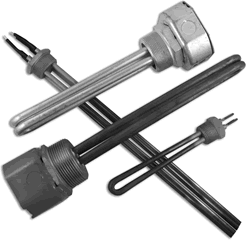 When identifying which immersion heating company to purchase from, consumers should be sure to choose carefully.
There are many different types of water heaters on the market today each with different useful applications and abilities. Some of these include pipe (or dry-well) heaters, flange heaters, over-the-side heaters, tubular heaters, and screw plug heaters. Consumers would be wise to choose a vendor who can accurately advise them on exactly which type of product will be most applicable in each of their individual situations. Companies who specialize in manufacturing immersion heating products must take multiple factors into consideration and should use ethical construction practices, high-quality materials, and well-researched engineering techniques. All types of electric heaters must be manufactured with precision and care in order to ensure a safer and more effective product. Manufacturers should strive to provide high levels of product quality control to ensure client satisfaction and safety. Good manufacturers will have an advanced understanding of the electric heating industry and be able to effectively inform consumers on which type of heating device will best serve their purposes. Immersion heating comes in many different forms. Consumers may find that they end up needing a different type of immersion heating element than they had previously anticipated. If purchasers are unsure about which specific heating device they will need, knowledgeable industry professionals are able to help companies and consumers alike decide which product will best fit each heating situation. Let's look at a few different types of immersion heating devices on the market today, and their specific applications.
Learn more about immersion heaters.
When identifying which immersion heating company to purchase from, consumers should be sure to choose carefully.
There are many different types of water heaters on the market today each with different useful applications and abilities. Some of these include pipe (or dry-well) heaters, flange heaters, over-the-side heaters, tubular heaters, and screw plug heaters. Consumers would be wise to choose a vendor who can accurately advise them on exactly which type of product will be most applicable in each of their individual situations. Companies who specialize in manufacturing immersion heating products must take multiple factors into consideration and should use ethical construction practices, high-quality materials, and well-researched engineering techniques. All types of electric heaters must be manufactured with precision and care in order to ensure a safer and more effective product. Manufacturers should strive to provide high levels of product quality control to ensure client satisfaction and safety. Good manufacturers will have an advanced understanding of the electric heating industry and be able to effectively inform consumers on which type of heating device will best serve their purposes. Immersion heating comes in many different forms. Consumers may find that they end up needing a different type of immersion heating element than they had previously anticipated. If purchasers are unsure about which specific heating device they will need, knowledgeable industry professionals are able to help companies and consumers alike decide which product will best fit each heating situation. Let's look at a few different types of immersion heating devices on the market today, and their specific applications.
Learn more about immersion heaters.
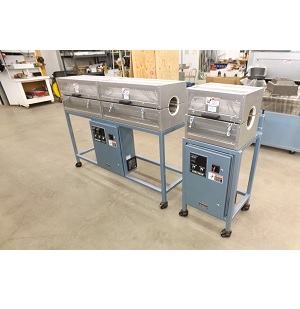 Infrared heaters could be described as a smaller version of the Sun.
These gas or electric appliances use electromagnetic radiation to heat objects, materials or spaces. The radiation they use comes from infrared light, which gives off long electromagnetic heat waves located near but not quite at the electromagnetic spectrum area of visible heat. They do not need to use a medium or air molecules to transport heat.
Learn more about infrared heaters.
Infrared heaters could be described as a smaller version of the Sun.
These gas or electric appliances use electromagnetic radiation to heat objects, materials or spaces. The radiation they use comes from infrared light, which gives off long electromagnetic heat waves located near but not quite at the electromagnetic spectrum area of visible heat. They do not need to use a medium or air molecules to transport heat.
Learn more about infrared heaters.